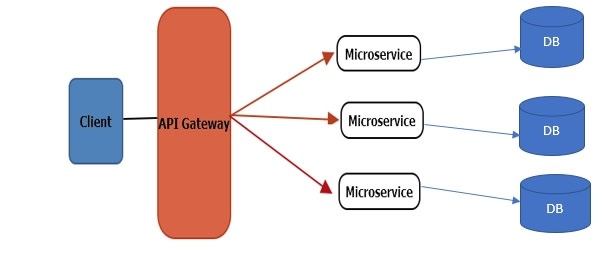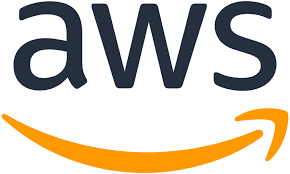
In my previous article, I did a comparison between microservices architecture and traditional monolithic architecture. However, I would like to restate that microservice architecture is a modern style of developing enterprise applications by integrating small programs known as services. These services normally communicate through traditional web protocols such as HTTP, AMQP or, TCP. More often than not,developing servicess also entails sending HTTP requests and receiving responses with resource APIs. These services should be developed in such a way that they are independent/loosely coupled and manageable.
Now there are several tools for developing and managing microservices and this entirely depend on the stage of development.
Choosing a programming Language.
One of the profound advantages that come with choosing microservices architecture is the flexibility when choosing a programming language. Different services within the same application can be developed using different programming languages, this then gives developers the chance to choose the language they are confident in. In addition companies have the chance to access a large pool of talent as opposed to when using the monolithic architecture. Java is one of the most common language used when developing microservices, its framework Spring provides inbuilt features that make it attractive for developing microservices.
Microservice architecture can be implemented in a number of languages such as: Java, Node js .
Spring is by no surprise at the top of this list it simplifies the creation of REST-based microservices. With just a few lines of code, it allows developers to create complex services.
An autoconfigured environment allows developers to easily start developing applications.
It simplifies maven configurations and provides a preconfigured view that helps reduce the developers' workload, furthermore, it supports Tomcat, Jetty, and Undertow servlet containers and customization hooks that take care of implementing most if not all server-level configurations.
Testing and Management.
Before deploying any service or any product in general it is in order to make sure that is functioning as intended. Furthermore, there has to be a contingency plan as to how to handle any problems that may arise. Microservices communicate with each other through APIs therefore developers should make sure that their services as functioning properly by testing the APIs thoroughly.
When it comes to testing APIs Postman is at the top of this list however there exists others such as Apache Jmeter and API fortress.
Used by over 17 million developers and more than half a million organizations it is safe to say that postman is the leading API management platform in the world right now.
Postman is a popular API development suite that offers a set of tools developing exploring and testing APIs. With streamlined collaboration Postman allows developers to develop better APIs in a shorter time. Its comprehensive set of tools allows developers to design, test documents and mock their APIs by sending requests to endpoints and getting a response.
Postman also allows developers to create a collection of their API calls for easy creation of test cases as well as a collection of endpoints that may be shared among other developers.
API Forttress is a product of the Sauce Labs Company. It allows for continuous API testing, monitoring, and evaluation that unifies functional, integration, and load testing across internal third-party APIs.
Furthermore, API fortress allows you to generate mass functional tests that relieve organizations of the need to create tests and instead focus on making the tests smarter.
Apart from monitoring these amazing tools offer other tools such as CD/CI Testing, Webservice testing, Microservice testing as well as API and SLA testing.
This a lightweight, modern, scalable and versatile platform for API management and testing. Although Tyk is a cloud-native API management platform it can also be installed on-premise devices.
Apart from well designed and intuitive dashboard that lets you manage and document your APIs with a one-click Tyk offers much more features.
If you have been looking to adopt GraphQl and for security reasons or any other reasons you are yet to do so, say no more with Tyk API Gateway you can access specific GraphQL API management features.
Some of this includes configurable field-based permissions to query depth limiting for GraphQL endpoints and the Universal Data Graph that let you combine multiple APIs into a single interface. This means that with a single query you can access multiple APIs.
4.Amazon API Gateway.
Amazon API Gateway is a fully managed service that makes it easy for developers to create, publish, maintain, monitor, and secure APIs at any scale. APIs act as the "front door" for applications to access data, business logic, or functionality from your backend services. You can create RESTful APIs and WebSocket APIs that enable real-time two-way communication applications using API Gateway. API Gateway supports containerized and serverless workloads, as well as web applications.
---to be continued







Top comments (0)